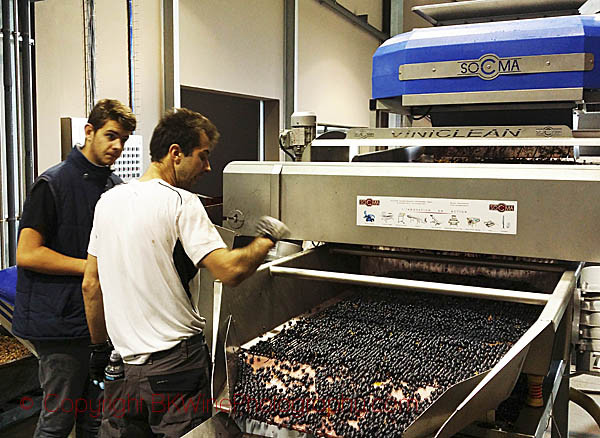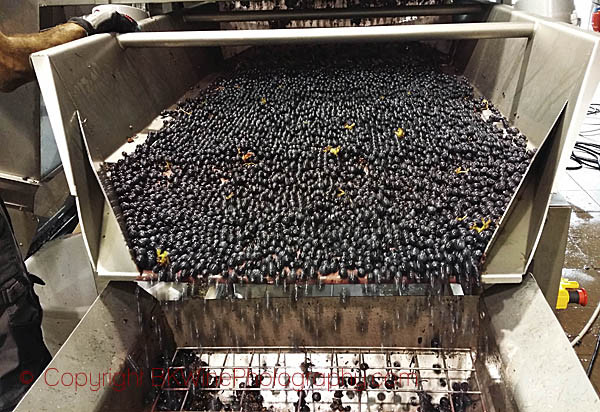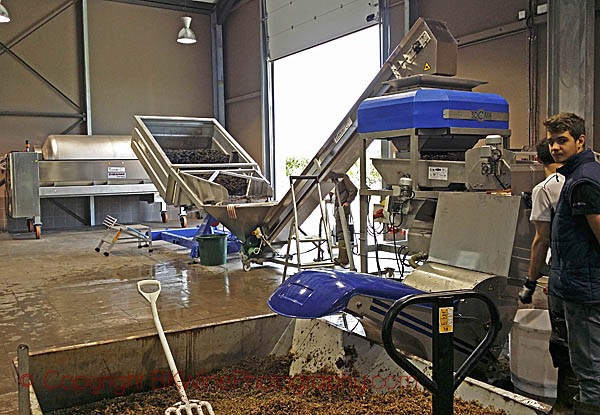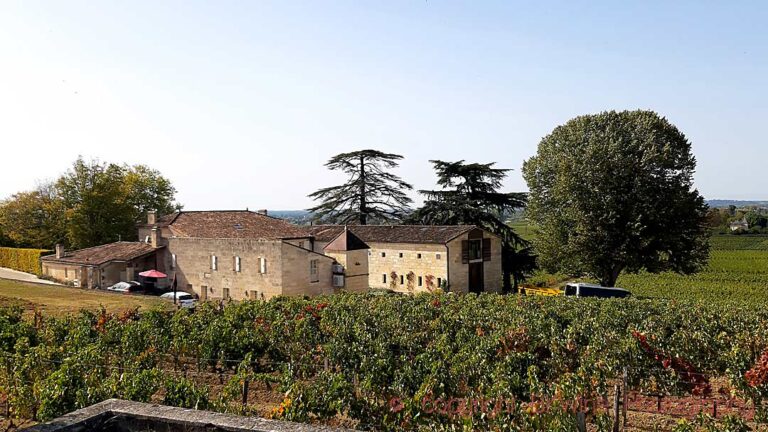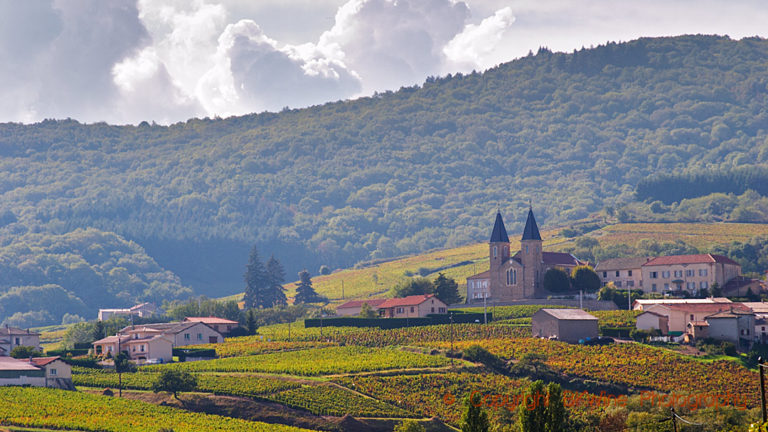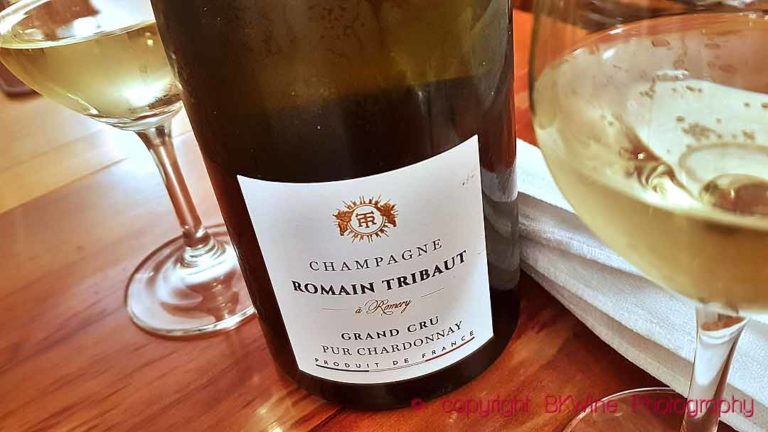There are some 8000 “chateaux” in Bordeaux. Of these 8000 it is less than 1% that have reached international fame, and often astronomical prices, and few that really have palatial buildings. Among the remaining 99% you can find plenty of exciting wines, often at very favourable prices considering the quality they offer. Not least in the middle range from 10 euro to 25 euro. A very interesting estate, that does have a beautiful chateau, is Chateau de France in Pessac-Léognan (Graves). Britt went to meet the owner Arnaud Thomassin.
[pullquote position=”right”]Château de France, that must be a brilliant name for a Bordeaux chateaux[/pullquote]. Should work very well on the export market.
It is in fact not so strange for a château to be called Château de France, says owner Arnaud Thomassin. “France, it is a lieu dit. It means that it is simply the name of the particular place where the chateau is situated. There are actually many places named ‘France’ in France.” (ed.: another example is the Latour de France appellation in Roussillon)
Château de France is in Pessac-Léognan in the Graves region and, as most chateaux here, it makes both red and white wine. The amount of white wine that Arnaud makes is small, but the wines are good, really good. Here in Pessac-Léognan, the northern part of the Graves region, the white wines are often of great class. They are discreetly oaked and have good aging potential.
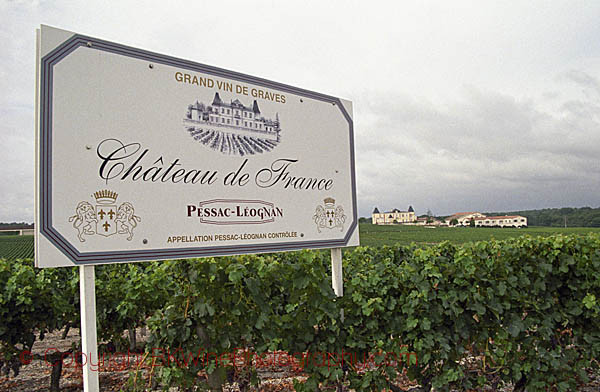
Château de France is an impressive château. It is perched on the highest “hill” in Pessac-Léognan. Impossible to miss. It is not one of the most famous chateaux here and the prices have not reached astronomic levels. Whether you want red or white [inlinetweet prefix=”BKWine Mag:” tweeter=”” suffix=”via @bkwineper”]you will get a lot of Bordeaux wine for your money when you buy Château de France[/inlinetweet].
The beginning, sort of
The story began in 1971
Well, actually it began much earlier for Château de France but for the family Thomassin it was precisely in 1971. During the first part of the 1900s, many Bordeaux chateaux in the Médoc and Graves fell into oblivion. War and depression also affected chateaux that had been prestigious and successful in the 1800s. It was exactly this kind of run-down chateau that Arnaud’s father, Bernard Thomassin, bought in 1971. Château de France had had its heydays in the 1800s and then been forgotten for more than fifty years.
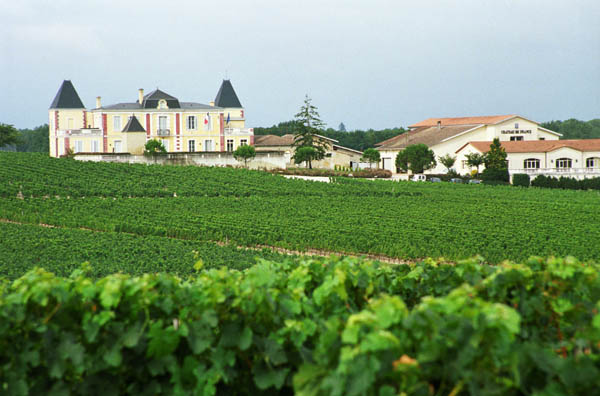
The great Bordeaux boom had not begun in 1971. But Bernard Thomassin realised that this was a vineyard with potential. Pessac-Léognan, where the chateau is located, obtained its own appellation in 1987, which further enhanced the prestige of the Graves chateaux that ended up within the new appellation.
Bernard Thomassin began using only red grapes but in 1985 he planted Sauvignon Blanc and Sémillon. In 1995, his son Arnaud joined him and in 1997 the family bought another 10 hectares in Pessac-Léognan. This new addition is located in a lieu dit called Le Sartre, “a very fine terroir”, according to Arnaud.
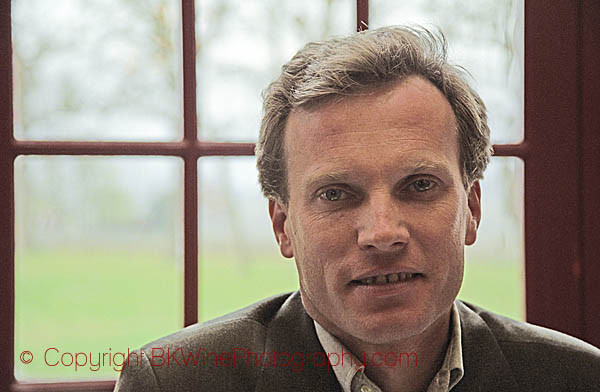
The great fire
A new cellar and vinification hall was opened just in time for the harvest in 2014. A fire in July 2011 destroyed the old facility and also the whole vintage of 2010. It was tough. The neighbours were helpful though. The 2011 vintage was vinified at Château Haut-Bailly.
The new facility has stainless steel tanks just like the old one. “We have been using it for 40 years”, says Arnaud, “and we are continuing, although many now install concrete tanks instead”. The consultant since several years is the renowned Michel Rolland. “He gives us an opinion from the outside,” says Arnaud, who also says that the criticism from certain people [inlinetweet prefix=”BKWine Mag: ” tweeter=”” suffix=”via @bkwineper”]that all Rolland wines taste the same is just nonsense[/inlinetweet].
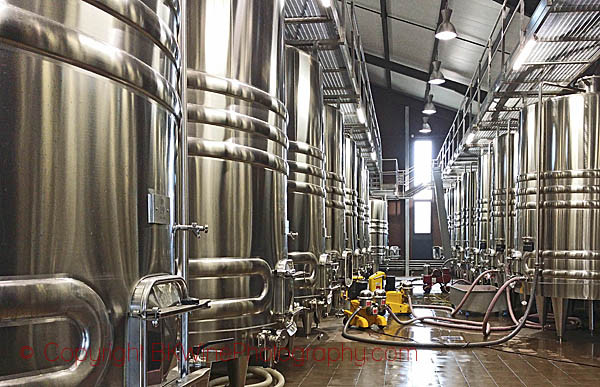
Château de France is surrounded by vineyards. In total, Arnaud now has 45 hectares, of which 37 are in production. Only 4 hectares are planted with white grapes. Both the white and red grapes thrive in the poor, gravelly soil. The layer of small pebbles is quite deep and further down it blends with limestone and clay.
The quest for ever better wine continues in various ways. For example, Arnaud has increased planting density from 5000 to 6950 plants per hectare. More details that make a difference are the work in the vineyard. Arnaud now removes leaves on the east facing side and exposes the grape bunches to the sun a few weeks before harvest for optimum ripeness.
He consider it economically difficult to be organic in Bordeaux, so he is not, and in addition he does not like copper that organic growers often have to use in greater quantities than growers who are not organic. But he has embraced “sustainable” thinking, an “almost organic” approach. “The best is to try to respond very quickly when there is a problem in the vineyard,” he says.
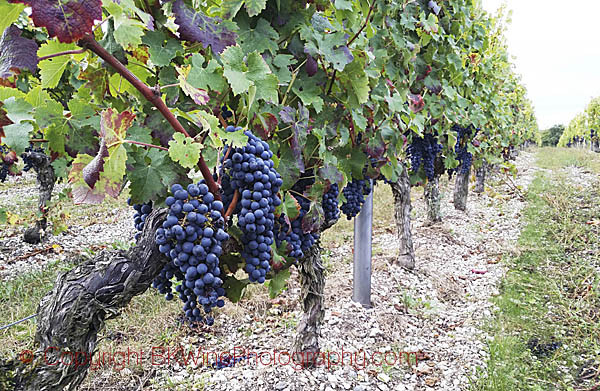
“There have been a few years now with difficult weather,” he says, “not least 2013. [pullquote position=”right”]We fight against the weather gods, but also against wine journalists[/pullquote] who are a little too fast sometimes to condemn a difficult year. Sure, in 2013 we had problems, but a lot of good wines were made. But unfortunately the year was condemned in advance by journalists, even before the grapes were even harvested.”
In Arnaud’s new cellar, rebuilt after the fire, he has installed the latest technology for sorting the grapes. That also helps very much to improve the wine, in particular in difficult years.
Here are some tasting notes of various vintages, including an excellent 2013. In addition to Château de France, Arnaud also makes a second wine called Château Coquillas, named after the soil type that contains a lot of shellfish fossils (coquilles) and an entry level wine called Le Bec en Sabot. All three wines are well worth looking for.
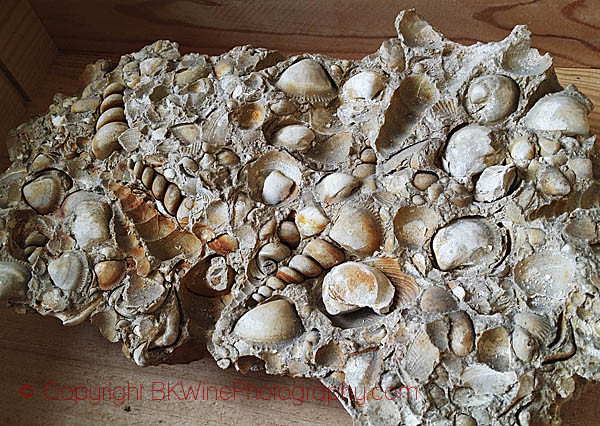
White Wines
Château Coquillas Blanc 2012
Typical nose of Sauvignon Blanc, aromatic, green apples, citrus. Very drinkable with a fresh acidity. Fermented and aged in oak barrels. Good structure.
Château de France Blanc 2013
Young wine with freshness, lovely citrus, and grapefruit on the nose. Full bodied, good length, balanced oak. 80% Sauvignon Blanc, 20% Sémillon.
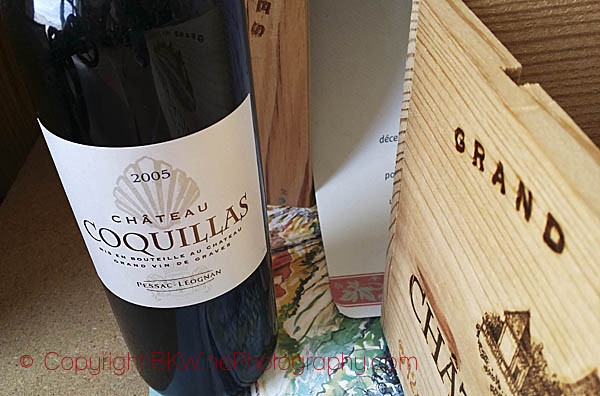
Château de France Blanc 2012
Long and complex flavours. Full bodied structure, some citrus and exotic fruit. Strict grape selection required this year. Fermented in oak barrels, around 60% new barrels. Stirring of the lees (bâtonnage) once a week during ageing.
Château de France Blanc 2011
Developed and open aromas and flavour. Some honey on the nose, full bodied, delicious.
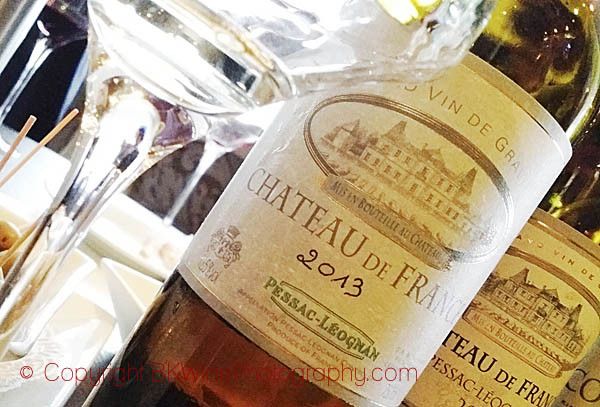
Red Wines
Château de France Le Bec en Sabot 2012, Pessac-Léognan
This delightful wine sells for around 8 euros. It has been a great success and it is easy to understand why. It is a delicious and easy to drink wine without being commonplace. There are some peppery notes, a good fruit and a good Bordeaux structure.
Château Coquillas rouge 2012, Pessac-Léognan
Young, tight structured wine with typical Bordeaux aromas of tobacco and dark fruit. Very good and affordable Bordeaux for only 12-13 euros.
Château Coquillas rouge 2011, Pessac-Léognan
Nice Bordeaux in classic style. Very good fruit, complex but still accessible and easy-to-drink. Subtle oak notes.
Château de France rouge 2013, Pessac-Léognan
Young of course, but lovely fruit and a good structure. The wine turned out very good in the end, says Arnaud: “We had a very strict selection of the grapes in 2013. We produced only 60% of a normal year.”
Château de France rouge 2012, Pessac-Léognan
Very good to drink now. Nice, elegant fruit, quite light in style with good tannin structure, typical Bordeaux aromas of tobacco and cedar. Fresh acidity, balanced oak.
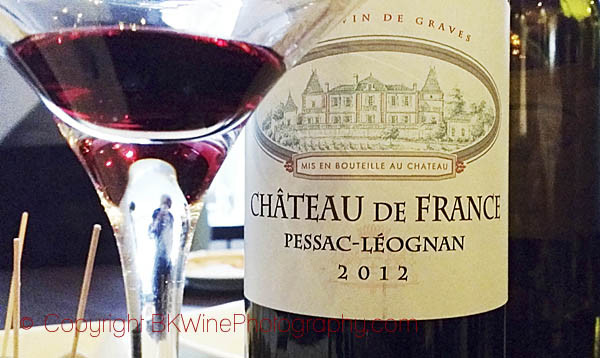
Château de France rouge 2011, Pessac-Léognan
Classic Bordeaux-style with fairly soft tannins. Aromas of cedar wood, black fruit aromas. Delicious and great to drink now.
Château de France rouge 2010, Pessac-Léognan
Classic in style, full-bodied, great concentration. Fresh roasted coffee aroma on the nose. “An incredible year”, says Arnaud of 2010, “with both high volume and high quality. The grapes had a very good maturity and better pH than in 2009. So 2010 has greater ageing potential.”
Château de France 2009, Pessac-Léognan
Concentration, power and warmth. A fruit that feels more southern than Bordeaux. “It was important to be careful with the extraction this year,” said Arnaud. The wine should be kept a few more years before drinking it, he thinks, but I think it is really good right now.
Château de France 2005, Pessac-Léognan
An excellent year. A classic wine but at the same time voluptuous and accessible.
Château de France 2004, Pessac-Léognan
A classic year with high yields while maintaining quality. Elegant and structured in style. “2004 was a really good and classic year,” says Arnaud, “but it got a bit squeezed between the more spectacular 2005 and 2003.”
Prices at the château:
- Le Bec en Sabot, around 8 euro.
- Château Coquillas white and red, 12-13 euro.
- Chateau de France white and red, 20-22 euro.
More on the chateau: www.chateau-de-france.com
[box type=”info” style=”rounded” border=”full”]Bordeaux is the world’s biggest quality wine region. There is an almost infinite number of discoveries to make among the 8000 chateaux, for example Chateau de France. Come on a journey of discovery in the world of wine and gastronomy on a wine tour in Bordeaux with BKWine.
Travel to the world’s wine regions with the experts on wine and the specialist on wine tours.
Wine tours like no others. BKWine wine tours.[/box]
